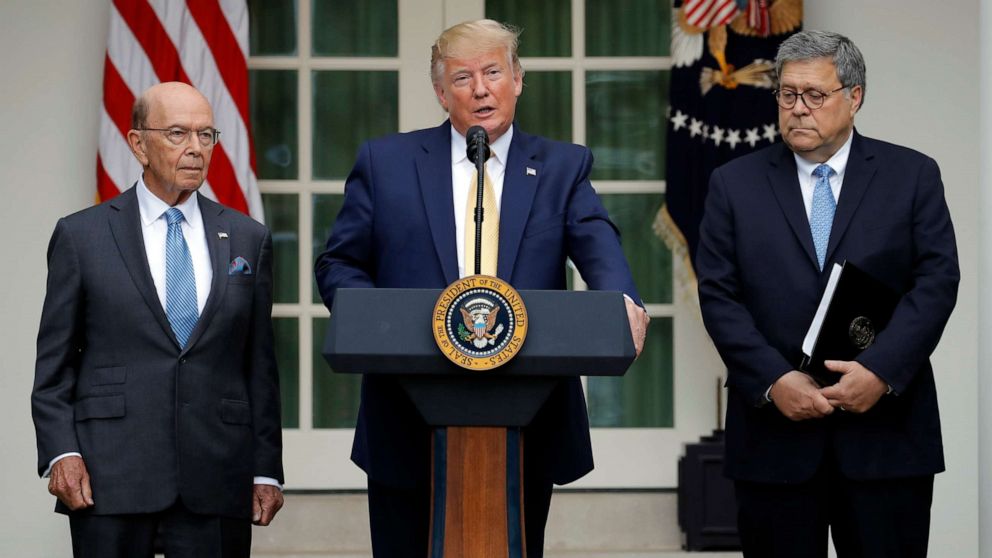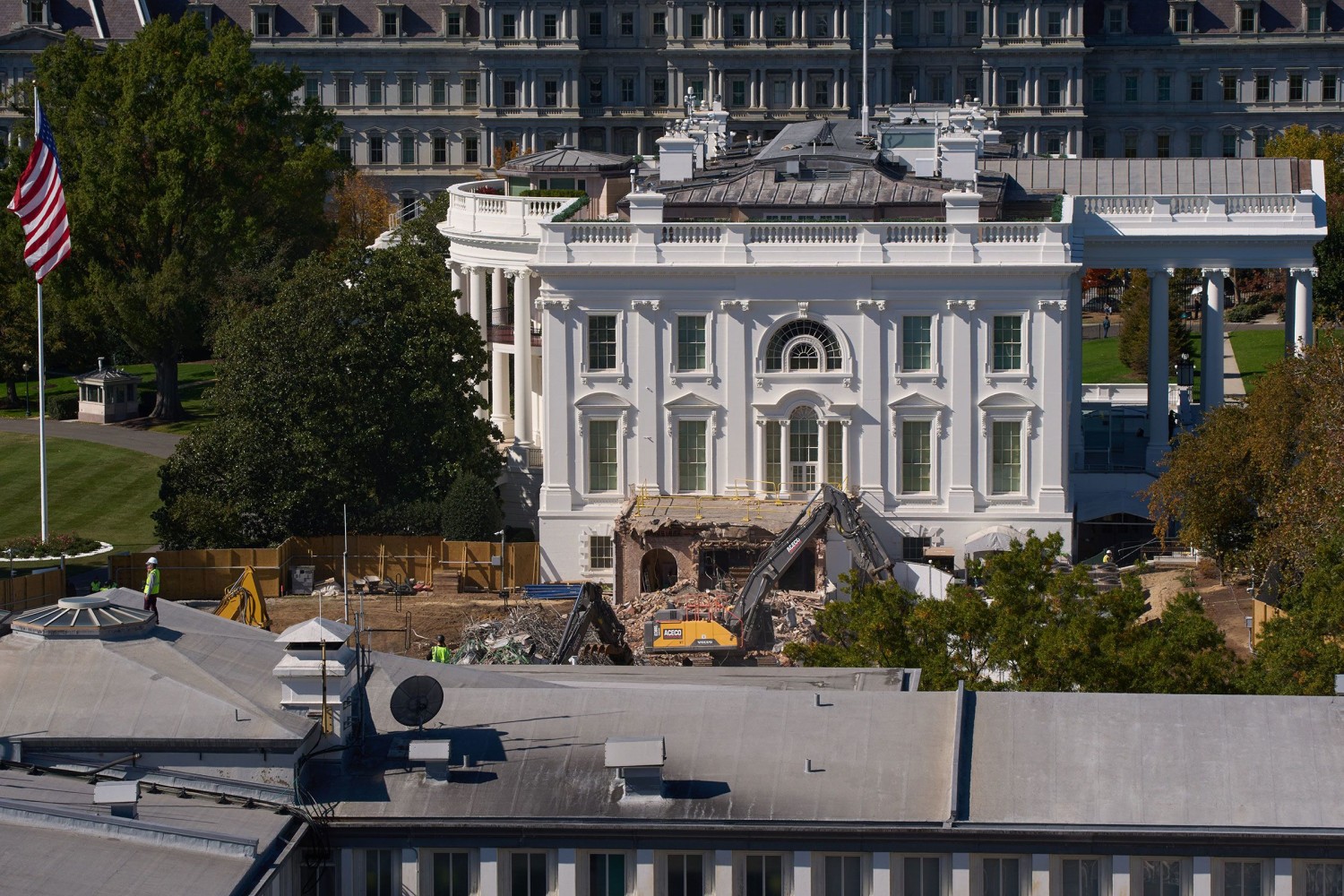
This article is more than
6 year oldTrump abandons census efforts, but will still pursue citizenship info

U.S. President Donald Trump abandoned his controversial bid to add a citizenship question to the 2020 census on Thursday, instead directing federal agencies to use existing databases to try to compile information about the citizenship of people living in the United States.
"It is essential that we have a clear breakdown of the number of citizens and non-citizens that make up the United States population," Trump said at a White House Rose Garden announcement.
He insisted he was "not backing down" on efforts to gather citizenship information, adding that this new method would be far more accurate than a single census question, and would help the government craft better public policy.
His reversal comes after the Supreme Court blocked his efforts to include the citizenship question on the census, and as the government had already begun the lengthy and expensive process of printing the questionnaire without it.Trump said last week he was "very seriously" considering an executive order to try to force the citizenship question's inclusion, even though such a move would likely have drawn an immediate legal challenge. On Thursday he said he was making a different order, and directed government agencies to turn records about citizens and non-citizens over to the Department of Commerce.
"We will leave no stone unturned," Trump declared. "We're aiming to count everyone."
Critics had warned that including the citizenship question on the census for the first time since 1950 would discourage participation, not only by those living in the country illegally but also by citizens who fear that participating will expose non-citizen family members to repercussions.
Trump's 2016 election campaign was animated by his pledge to crack down on illegal immigration, and he has tied the citizenship question to that issue, insisting the U.S. must know who is living in the country.
His administration has faced numerous roadblocks to adding the question, beginning with the ruling by the Supreme Court temporarily barring its inclusion on the grounds that the government's justification was insufficient. A federal judge on Wednesday also rejected the Justice Department's plan to replace the legal team fighting for inclusion, a day after another federal judge in Manhattan issued a similar ruling, saying the government can't replace nine lawyers so late in the dispute without satisfactorily explaining why.
Trump's rationale
Trump has offered several explanations for why he believes the question is necessary to include in the once-a-decade population count that determines the allocation of seats in the House of Representatives for the next 10 years and the distribution of some $675 billion US in federal spending.
"You need it for Congress, for districting. You need it for appropriations. Where are the funds going? How many people are there? Are they citizens? Are they not citizens? You need it for many reasons," he told reporters last week, despite the fact that congressional districts are based on total population, regardless of residents' national origin or immigration status.
If immigrants are undercounted, Democrats fear that would pull money and political power away from Democratic-led cities where immigrants tend to cluster, and shift it to whiter, rural areas where Republicans do well.





